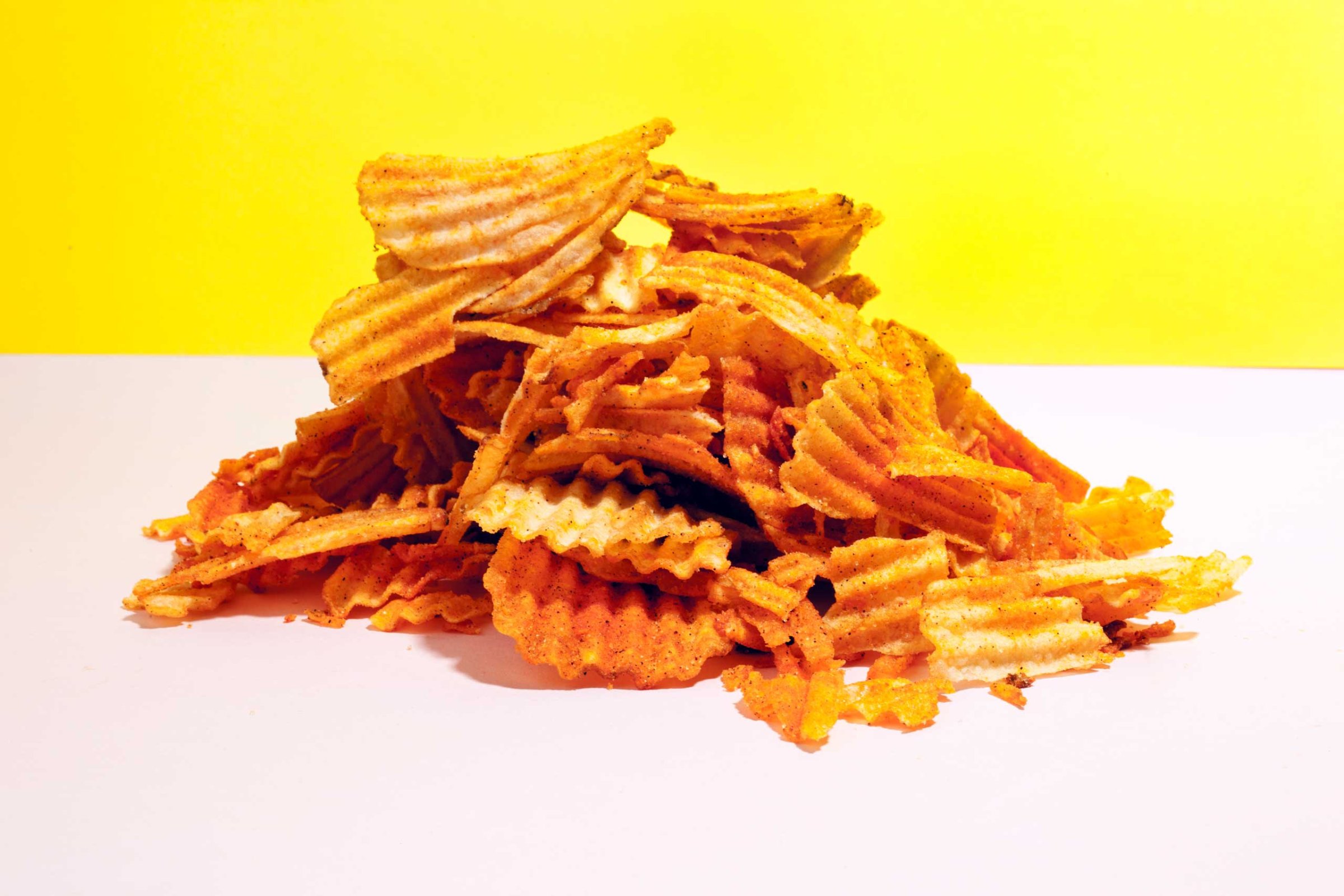
The scientific literature has come down hard against junk food, even before a recent animal study found that diets high in it damaged the kidneys of mice in a way similar to type-2 diabetes. But it’s not always easy to tell whether a food is healthy or not just by looking at it. Even if it says”natural” on the box, processed foods can come with some mysterious ingredients.
We asked Keri Gans, a registered dietitian nutritionist in New York City, to demystify a few common ingredients on the labels of processed foods. While not necessarily dangerous, you won’t find these in the fresh food you buy and cook yourself, or in the average kitchen cabinet.
Calcium carbonate: This is added as a leavening agent in baked goods, or as a calcium source in foods like baked goods.
Calcium chloride: Also a fortifier of calcium, this ingredient is typically used to firm up foods like veggies sealed in a can or some cheeses.
Monoglycerides and diglycerides: These work to mix and prevent separation of ingredients that generally do not blend well, like oil and water. You might find them listed on labels for salad dressing or peanut butters.
Sodium benzoate: A preservative often used in acidic foods like condiments.
Xanthan gum: Another way to bind liquids that normally don’t like to mix. Xanthan gum can also be used as a thickener, increasing the viscosity of liquids and batters and is often found in low-fat foods including dressings and baked goods.
Want to try some healthier alternatives but don’t know where to start? Check out our list of the 50 New Healthiest Foods of All Time.
More Must-Reads from TIME
- Cybersecurity Experts Are Sounding the Alarm on DOGE
- Meet the 2025 Women of the Year
- The Harsh Truth About Disability Inclusion
- Why Do More Young Adults Have Cancer?
- Colman Domingo Leads With Radical Love
- How to Get Better at Doing Things Alone
- Michelle Zauner Stares Down the Darkness
Contact us at letters@time.com